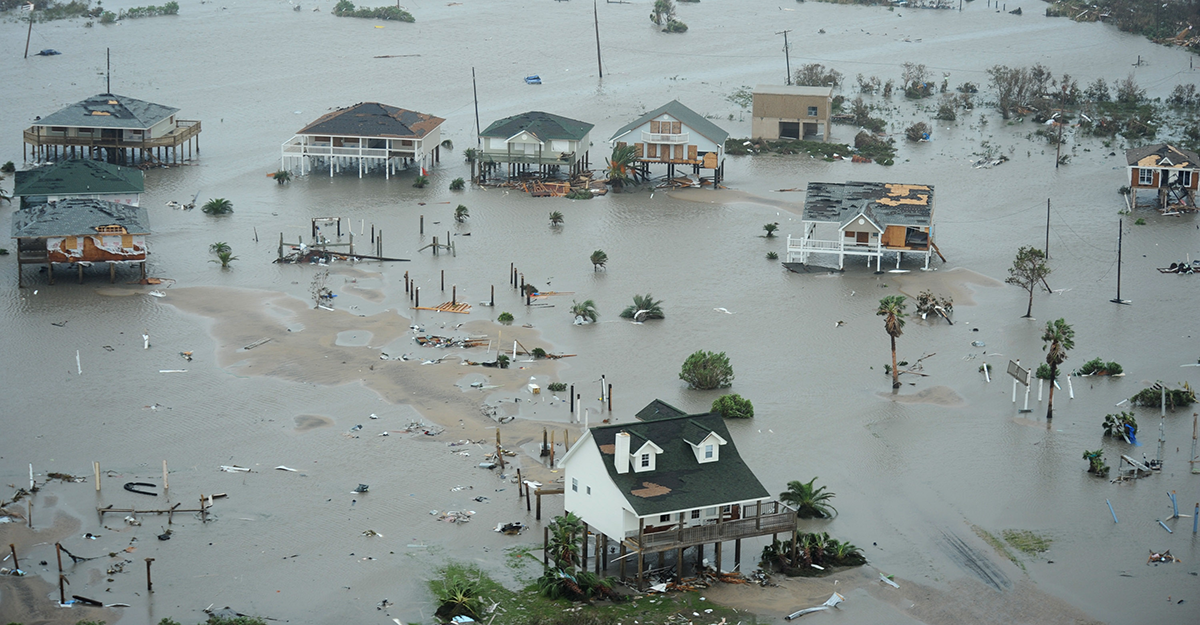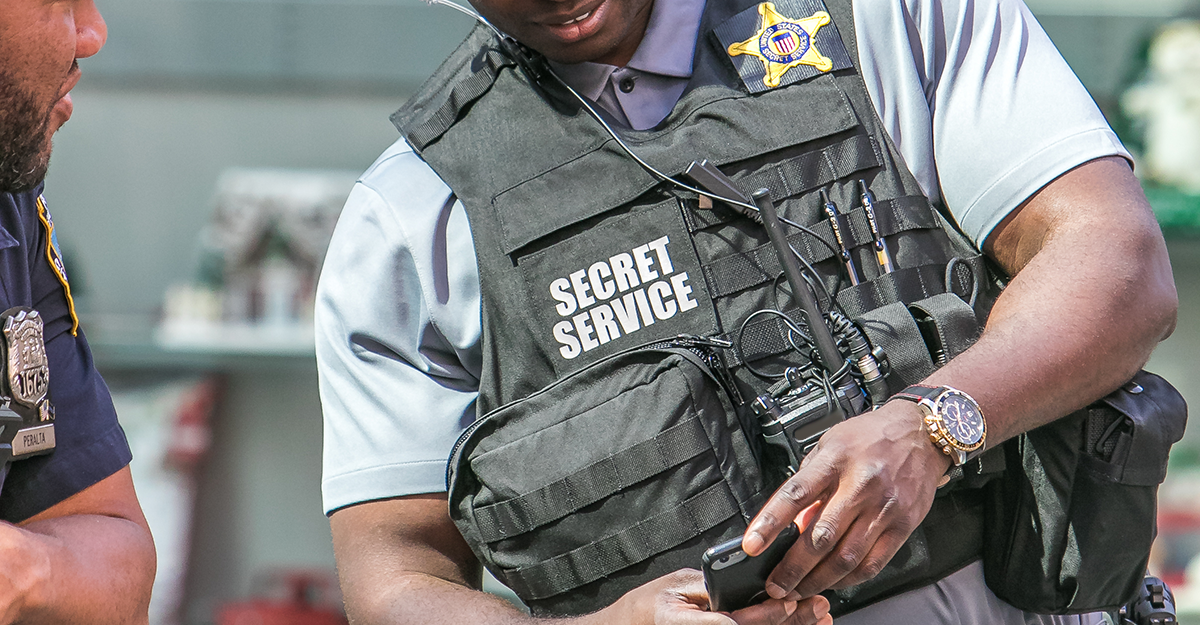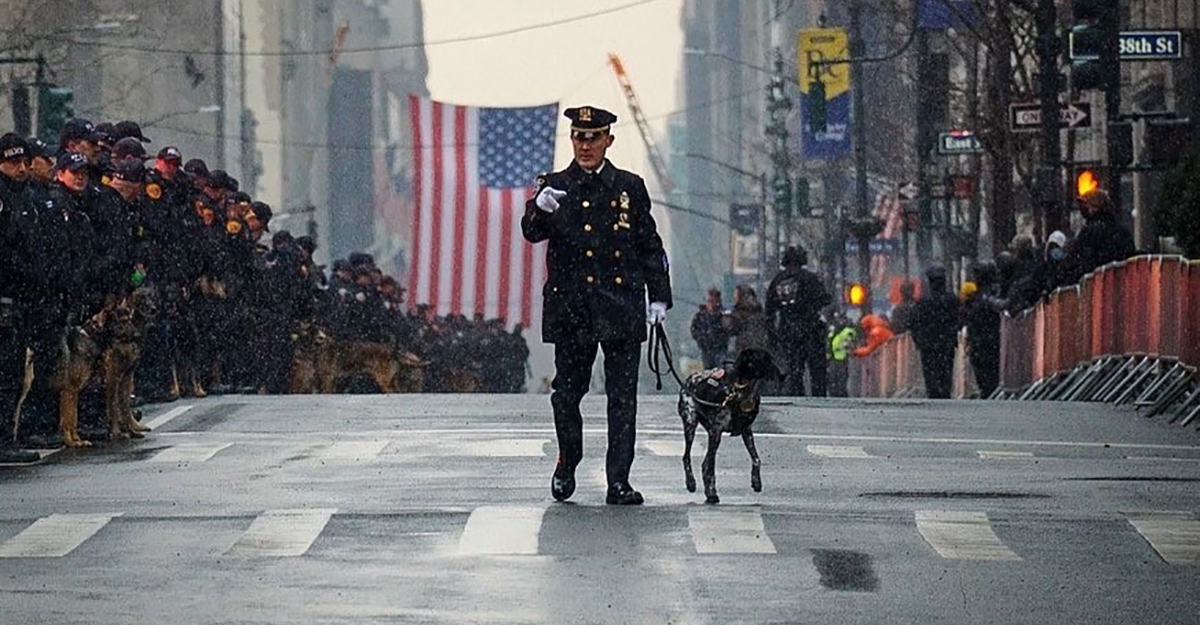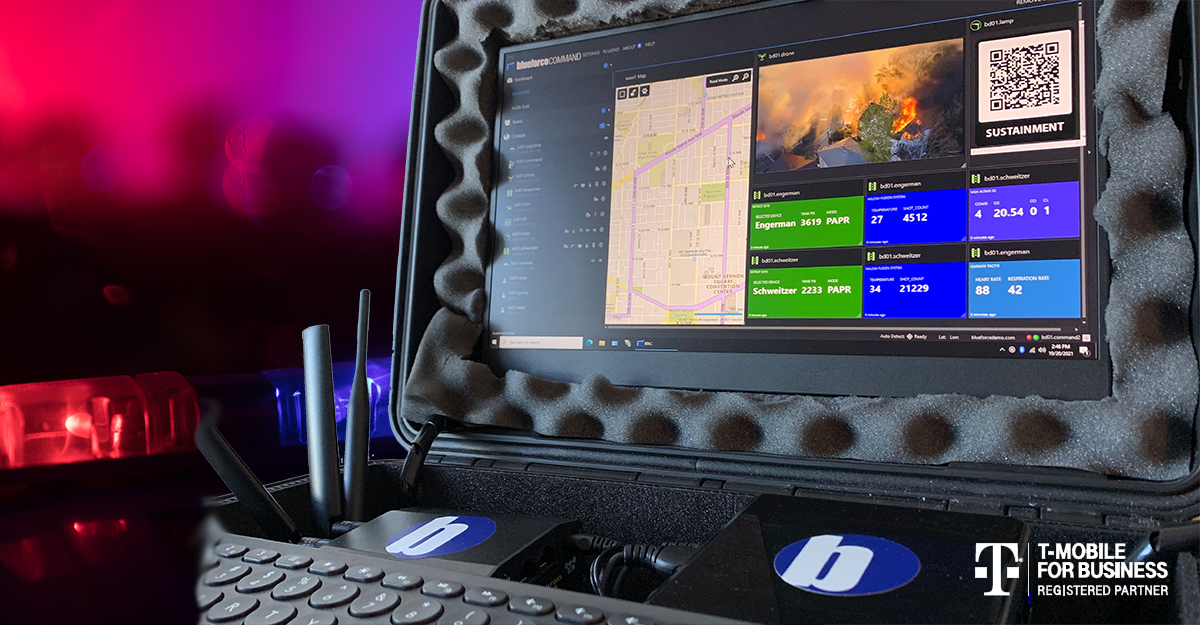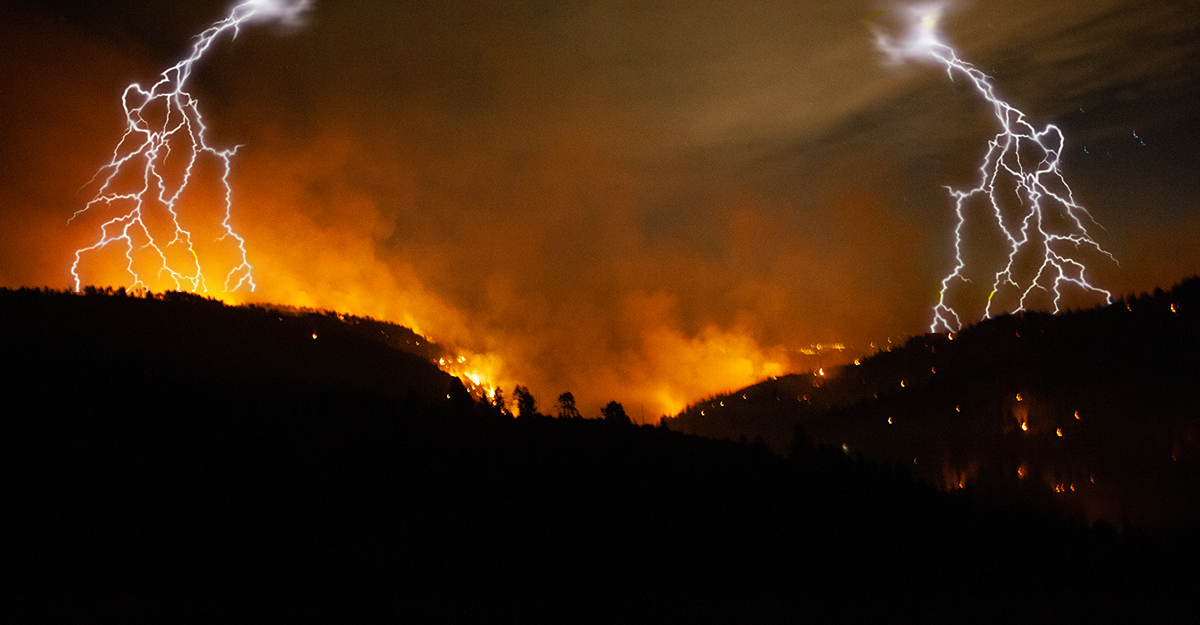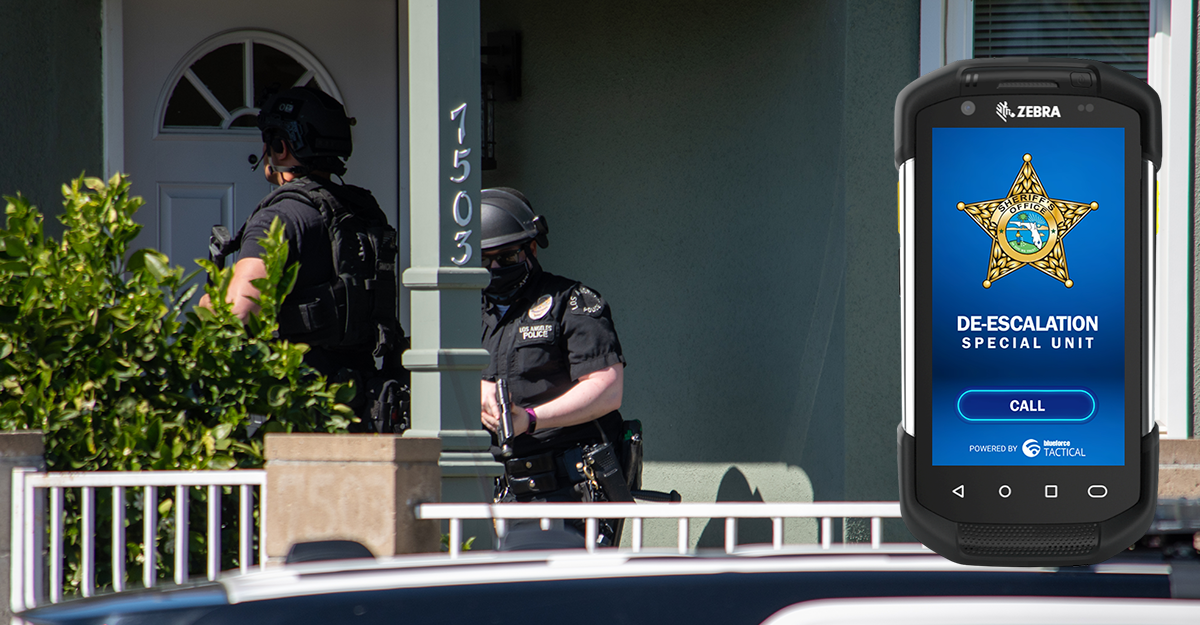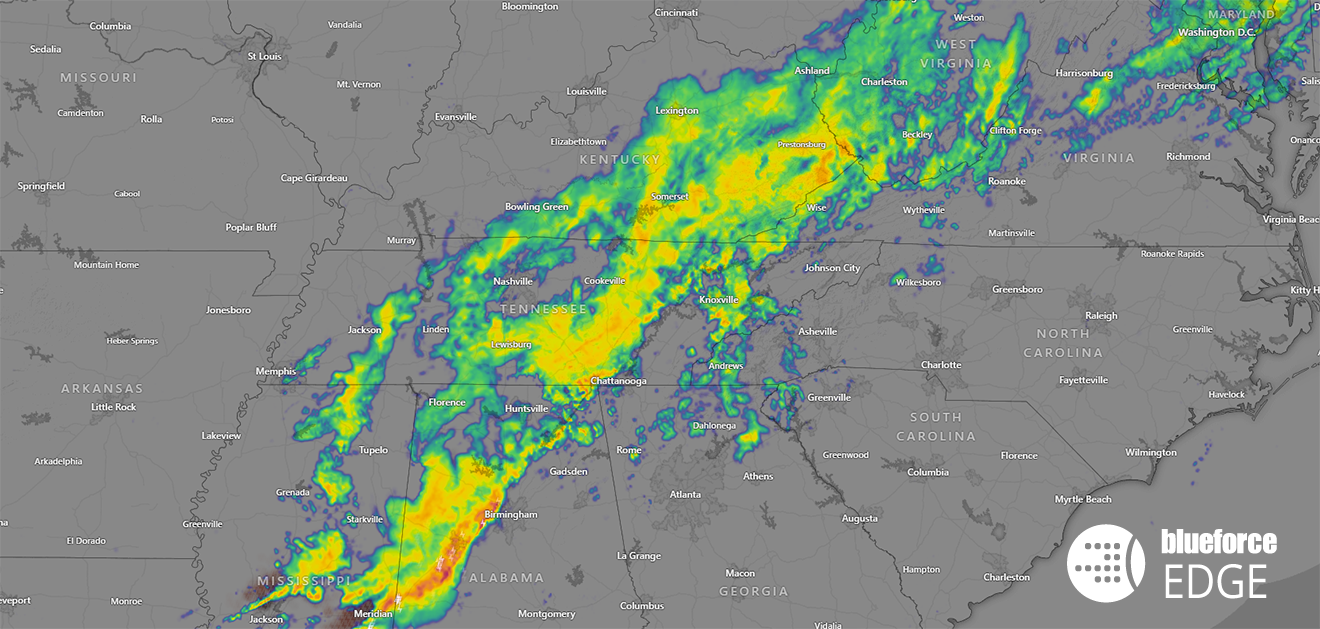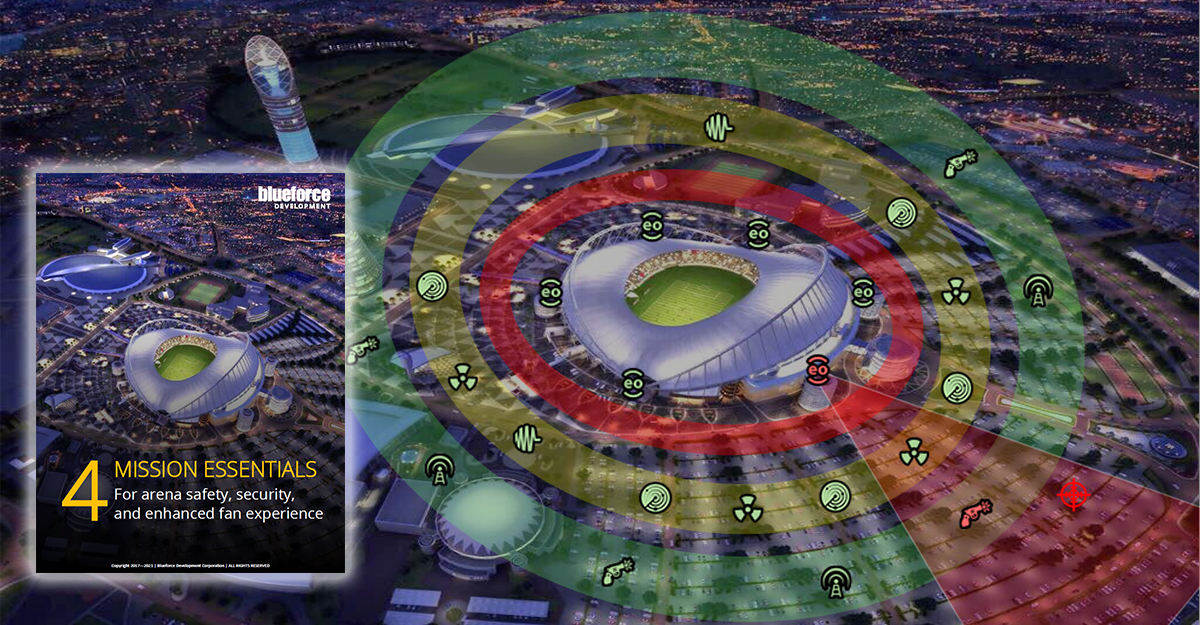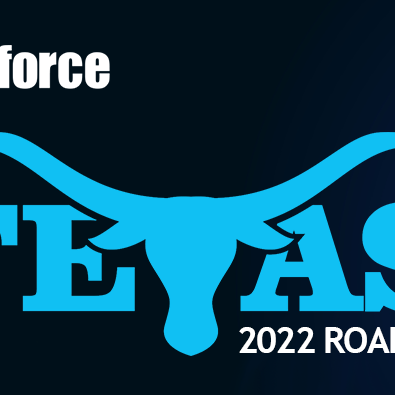The first 72 hours after a natural/manmade disaster are critical hours that make or break the speed of recovery. Power is gone. Terrestrial communications are denied if available at all. Worse, a nonpredictive inter-agency mash-up is about to hit and with it comes an interoperability nightmare. The ability to positively impact recovery requires communications and the rapid standup of mobile command in denied, disparate, and...
Read MoreThe 2022 Blueforce Texas Road Show
The 2022 Blueforce Texas Road Show gives you hands-on access to the latest in Public Safety, Safe Campus, and Autonomous Platform technologies. The Road Show kicks off Tuesday October 11, 2022 in Houston. For more information, click here…


